
Article by BR Natalie
Are you curious about all those complicated ingredients on your product labels? In this series we decode them!
Inactive Ingredient.
An inactive ingredient help deliver the active ingredients, that is the ones that are actively performing the tasks of the product. As well as preserve the product and make it aesthetically pleasing, inactive ingredients include buffers, coloring agents, emulsifying agents, fragrances, preservatives, solvents, thickeners and vehicles
Keratin
A structural protein found primarily in skin, hair and nails. Did you know the keratin in wool is almost exactly the same as the keratin in your hair?!
Lead.
We've seen this rumour circulate on our own forum a couple of times - some lipsticks contain lead and are harmful to our health. Lets end the rumours now.
The use of lead in cosmetic products is specifically banned in the European Union by the cosmetics legislation. But traces elements of lead may be found in trace amounts in cosmetics procedures - why? Lead is a naturally occurring element that is found everywhere in the environment and it is possible that minute traces are carried into cosmetic products from the environment or during manufacture. These extremely low levels are taken into account as part of the safety assessment to ensure their presence does not pose a risk to human health.
The FDA does not believe that the minute lead content found is a safety concern. See the FDA website for further details.
An old internet rumour is routinely re-circulated via e-mail alleging that lipsticks contain lead and may therefore cause cancer. The message goes on to name various brands and even suggests you can test for the presence of lead by using a gold ring. Finally, the message asks you to pass the information on to friends. The allegations in the e-mail are false and the gold ring test simply does not work.
Limonene
Limonene is the substance that makes lemons smell like, well like lemon. Limonene is a common fragrance ingredient used widely in many cosmetic and homecare products.
It has been claimed that limonene is a carcinogen - this is not the case. It has not been classified as being carcinogenic either by IARC, the World Health Organisation’s International Agency for Research on Cancer or by the European legalisation on carcinogenic substances. If any substance is classified as a known carcinogen then it is simply not allowed to be used as an ingredient in a cosmetic product, period.
Methylisothiazolinone and Methylchloroisothiazolinone
First off - try and say these ingedients out loud!
Methylisothiazolinone (MIT or MI) and Methylchloroisothiazolinone (CMIT or CMI) are preservatives used in 'rinse off' cosmetic products and other household products. MIT can be used alone to help preserve the product or it may be used together with CMIT as a blend.
MIT and CMIT have been positively approved for use as preservatives for many years under the strict European cosmetics legislation. The primary purpose of these laws is to protect human safety. One of the ways it does this is by banning certain ingredients and controlling others by limiting their concentration or restricting them to particular product types. Preservatives may only be used if they are specifically listed in the legislation.
You may have read some media articles wrongly suggesting there could be a link between MIT and cancer. There are no links between the use of MIT or CMIT and cancer.
Mica
You know the gorgeous shine in natural or mineral based products such as eyeshadows, foundations, highlighters and face powders? That's most likely to be mica.
Mica is the name given to a series of minerals based on silicates (substances made out of the elements silica and oxygen). Mica has unique physical properties because of its structure – it is formed, in nature, as layers that can be split into thin sheets. It can also be ground into a powder. It is added to powdered cosmetics, such as eyeshadows, as a filler because it has excellent smoothness and so makes the eyeshadow easy to apply and also gives sparkle.
It is added to other cosmetic products - such as mascaras, lipsticks, body lotions, shampoos and bath oils - because it provides a beautiful lustre and sheen. Mica can also provide further ‘depth’ to certain pigments, and it gives a highly pearlised effect.
Mineral Oil
Mineral Oil is a liquid mixture of hydrocarbons obtained from petroleum. Hydrocarbons are generally derived from petrochemicals by a refining process, but some of them are found in the plant and animal kingdom.
Mineral oil is widely used as an emolliant and because of the oily feel and ease of application on the skin. It provides products with the ability to enhance suppleness and gloss in hair-care products and, by its ability to remain on the skin surface, it can act as a lubricant to reduce flaking and to improve the skin's appearance.
We've seen discussions on the Beauty Review Forum regarding the safety of Mineral Oil, and it's important to know the facts from the rumours. Petrochemicals are the source of a whole range of substances, some of which you would never find in cosmetics and some of which are used in the food industry. It all comes down to knowing which substances are safe to use. The Joint Expert Committee on Food Additives (JECFA) of the World Health Organisation (WHO) has set values for the Acceptable Daily Intake* of those hydrocarbons likely to be ingested.
Only the purest grades of mineral oil will be used to make cosmetic products, and where the products are likely to come into contact with the lips (e.g. lipsticks and lipsalves) then the JECFA Acceptable Daily Intake values will be adhered to.
Musks
Musks were one of the first synthetics materials used in the fragrance industry. Musks were once only obtained from a gland in a particular species of deer which became in danger of extinction leading to the creation of synthetic musks. Synthetic musks are exact replicas of the natural molecules and are sustanable.
Like most widespread ingredients, musks have been extensively tested. Minute traces of musks have sometimes been detected in human breast milk and this led to a full review of their safety in cosmetic products by the European Commission’s independent committee of scientific experts. This committee concluded on the basis of a full package of safety data that the synthetic musks which are used in cosmetic and personal care products are safe for use.
Non-comedogenic
A product or ingredient that is non-comedogenic will not block your pores. Did you know - whiteheads are created when the pores become blocked with oil secretions (sebum) and dead skin. Blackhads are clogged pores that remain open and trap dirt and product.
Nuts
Just as with food products, beauty products containing nuts or nut-derived ingredients must clearly state this on the label. It is a legal requirement and the names must be clear to help people with allergies identify them.
Thanks & acknowledgement to the UK Cosmetic, Toiletry and Perfumery association, a close friend of the NZ Cosmetic, Toiletry and Fragrance association for their excellent website.
Check out the previous articles in this series:
The A to Z of what's in my cosmetics beginning with A



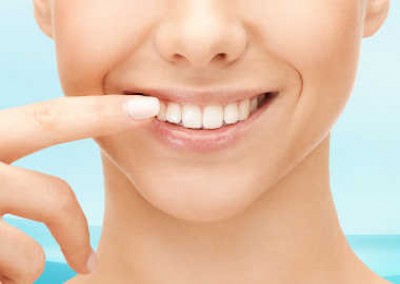


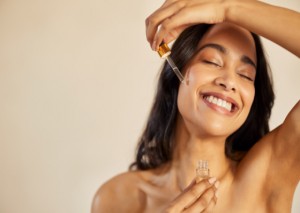
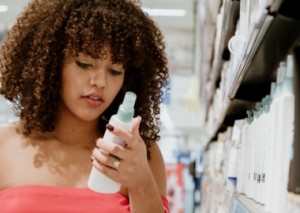




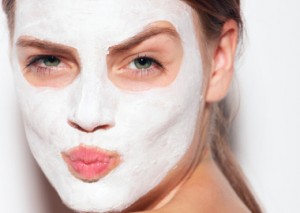
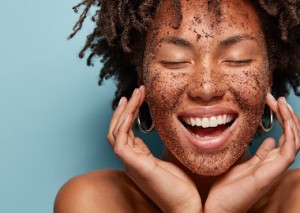
I haven't even heard of half the things on this list! I've always wondered about lead in lipsticks too, so it was good to have that rumour cleared up